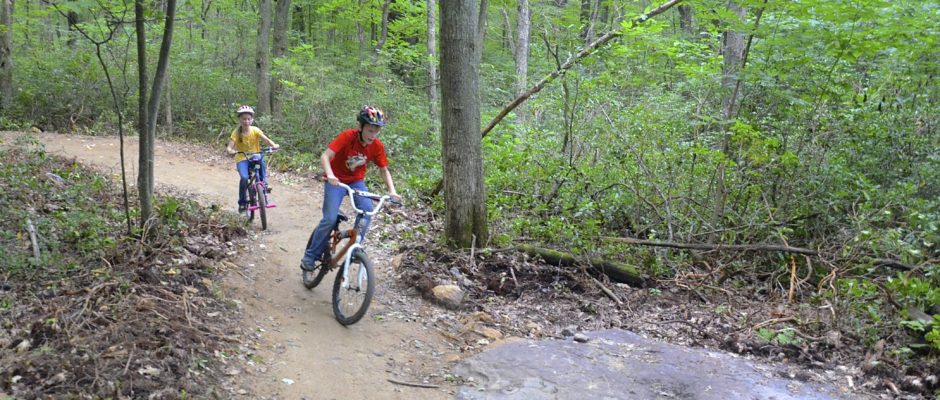There’s something about a trail. When we humans see a path ahead, curving into the forest or taking us across across a foot bridge, something in our DNA compels us to follow it to see where we end up.
It’s difficult to be unhappy on a trail, surrounded by nature — half-hidden flowers in the spring, a blaze of autumn leaves, the silence of fresh snow. On foot, on a bike, on skis or even on a horse, a trail can give you what all the psychotherapy in the world can’t.
September 24 through 26, all trails led to Reading for the 2017 PA Greenways and Trails Summit, held at the DoubleTree by Hilton Hotel Reading and hosted by Berks Nature, the PA Department of Conservation and Natural Resources (DCNR) and the Pennsylvania Recreation and Park Society (PRPS).
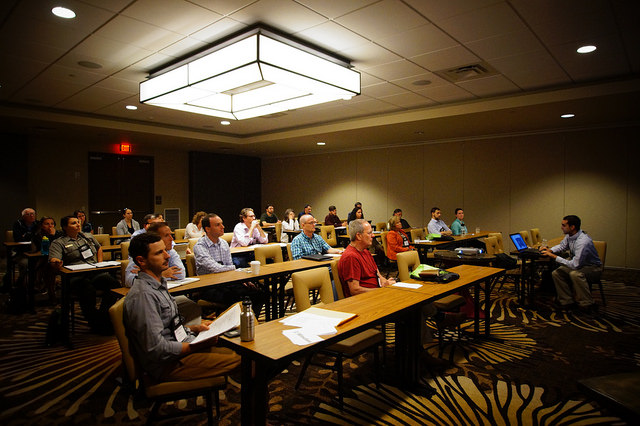
Held every two years, the Trails Summit allows individuals and organizations involved in the state’s growing network of trails to interact, hear speakers, participate in workshops and explore the area around the host city.
According to Emily Gates, director of strategic partnerships for PRPS, Reading was chosen out of a record number of applicants.
“Their proposal stood out,” she said. “Reading had put a lot of thought into their planning — they had a lot of ideas and they had an existing planning committee dedicated to trails. They had experience planning other educational events. They had so many strong points.”
The event, which was funded in part by DCNR’s Pennsylvania Recreational Trails Program (supported by the Federal Highway Administration), attracted a record number of participants — 250 people attended; there were 21 exhibitors. As always, a “Trail of the Year” was chosen: This year it was the 63-mile Montour Trail in the Pittsburgh area.
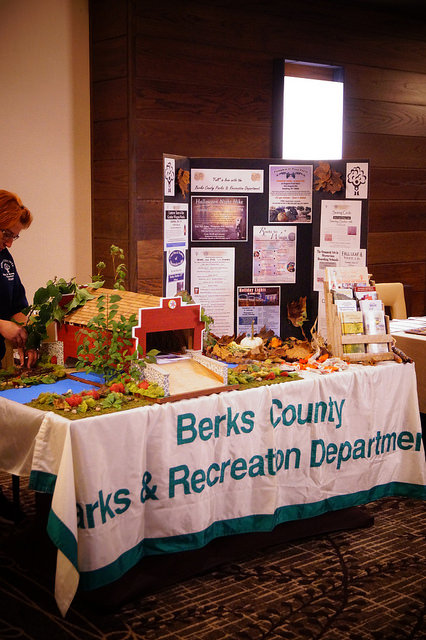
The theme of the summit was “Bringing Trails Home: Embracing All Terrains, Serving All People.” The keynote address was given by Angela Park. A former Lancaster County resident now living in Vermont, she is the founder and director of Mission Critical, an organization dedicated to making social justice and equity hallmarks of progressive advocacy and policy making, particularly in the environmental and sustainability fields.
She started by asking the question, “What do we mean by ‘all’?”
Focusing on the vague and often misunderstood use of the word “diversity” by well-meaning organizations, she pointed out that meeting the needs of the entire community is not as easy as one would think.
Many organizations in the environmental field are “overwhelmingly white,” she said, even though public polling shows that the majority of people of color support environmental initiatives, partly because they are the most impacted by environmental degradation.
“You have to focus on inclusion, not just ‘diversity,'” she argued. “What are the skills to create a better sense of belonging?… Belonging means more than having access. It’s about having a meaningful voice [in making policy].”
Reading had put a lot of thought into their planning — they had a lot of ideas and they had an existing planning committee dedicated to trails.Emily Gates, PRPS
Park recommended that those involved in trails, parks and recreation be specific about their mission, and be clear about what is meant by “diversity, equality and inclusion” — and even more importantly, that they have conversations about why this matters to them.
“Change is hard,” she said. “You need a compelling reason to do it.”
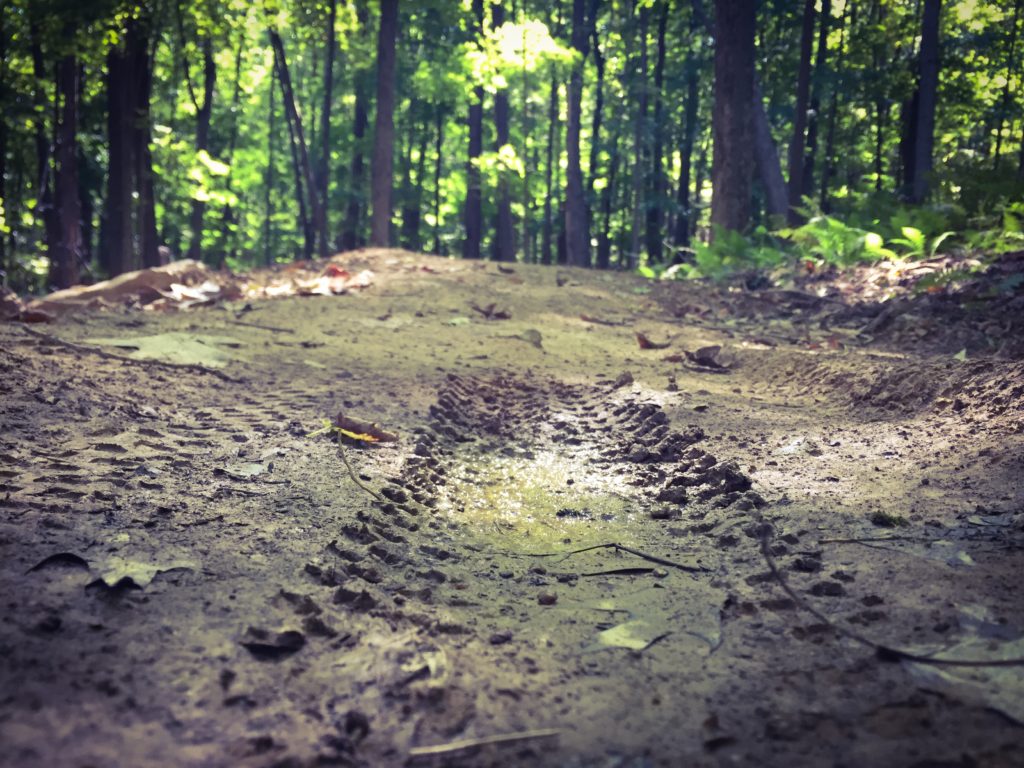
The Trails Summit was packed with an overwhelming amount of information, not only in the workshops, but at the exhibitor stands, which supplied brochures and other information on businesses and organizations. The overall sense was one of exhilaration and hope for the state’s communities, which are gradually being connected by a vast web of trails that entice people to explore the outdoors and escape the stresses of daily life.
According to Cindy Adams Dunn, DCNR secretary — who gave a joint presentation with Dennis Davin, secretary of the PA Department of Community and Economic Development, and Roy Gothie, Bicycle and Pedestrian Coordinator in the MultiModal Division of PennDOT — here’s what has been done since the last Trails Summit in 2015:
* 94 miles of new trails have been created
* 30 miles of trails have been rehabilitated
* 15 bridges have been built or rehabilitated
Davin said that his department has supported the trails because “we need vibrant communities to attract jobs.”
“The old suburban business parks aren’t in vogue anymore,” he continued. “Access to recreational opportunities is what talent demands now, and alternative transportation is critical. Trails are an important resource for economic development.”
Regional trails can bring downtowns back to life. It’s no secret that people seeking to buy houses or relocate want access to trails for biking and hiking.Tim Fenchel, Schuylkill River National & State Heritage Area
According to Gothie, PennDOT is about to launch a master plan for “walkable communities,” focusing on pedestrian and bicycle trails, and will be doing outreach across the state to find out how they can help get this done.
The organizers considered the event a success.
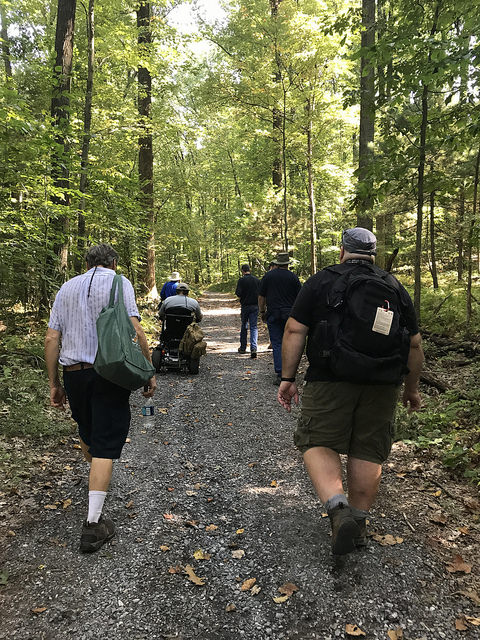
“I’m proud of our planning committee and all the people who wanted to share what we have here in Berks County,” said Kim Murphy, co-chair of the Trails Summit planning committee and president of Berks Nature, a nonprofit dedicated to land conservation and water protection. “Having the event here brought people to our community who might not otherwise have a reason to be here. If they liked what they saw in terms of outdoor resources, hopefully they’ll want to come back.”
Event participants had a chance to sample some of those resources via five mobile workshops including mountain biking on Mt. Penn at the International Mountain Biking Association Bronze Level Ride Center (led by Berks Area Mountain Biking Association); a three-mile walk through Nolde Forest featuring a lecture on forest management; a 14-mile urban bike ride along the Schuylkill River and Wyomissing trails in Reading and West Reading; and a “paddle and hike” at Blue Marsh Lake, where participants learned about the local work of the U.S. Army Corps of Engineers.
Planning committee co-chair Tim Fenchel, deputy director of the Schuylkill River National & State Heritage Area, agreed that the Trails Summit came off well, benefitting not only his organization, but “dozens of local organizations, businesses, nonprofits, and local and county governments.”
In our bureau, the value of trails can’t be overstated. We see the benefits for everyone — economic, cultural, health, accessibility — that come from building trails.Leslie Sarvis, DCNR
“It gave us a chance to show what we’ve been working so hard to do over the last decade,” he says. “[That includes] the creation of trail networks in the Reading area linking the trails on Mt. Penn and Neversink Mountain, all the way from Blue Marsh to the Schuylkill River.”
For a mid-size city like Reading, trails can be “incredible generators and catalysts for economic development and revitalization,” he continued. “Regional trails can bring downtowns back to life. It’s no secret that people seeking to buy houses or relocate want access to trails for biking and hiking.”
Leslie Sarvis, a Greenways and Trails Specialist from DCNR’s Bureau of Recreation and Conservation, was also on the planning committee.
“In our bureau, the value of trails can’t be overstated,” she explained. “We see the benefits for everyone — economic, cultural, health, accessibility — that come from building trails, and we have the support of the department in continuing to provide funding for trails.”

Gates said her organization, PRPS, has been focusing since 2012 on urban trails through the “urban alliance” concept. This topic came up often during the workshops on Monday and Tuesday, notably in the one on the growing metropolitan multi-purpose Circuit Trails system in Greater Philadelphia.
“We have developed a mission and objectives to help position parks and recreation as essential services for cities,” she says. “Trails are essential components of our health system and of healthy cities.”
PRPS’s marketing campaign, “Good for You, Good for All,” now has a slogan for urban areas: “Good for You, Good for Cities.”
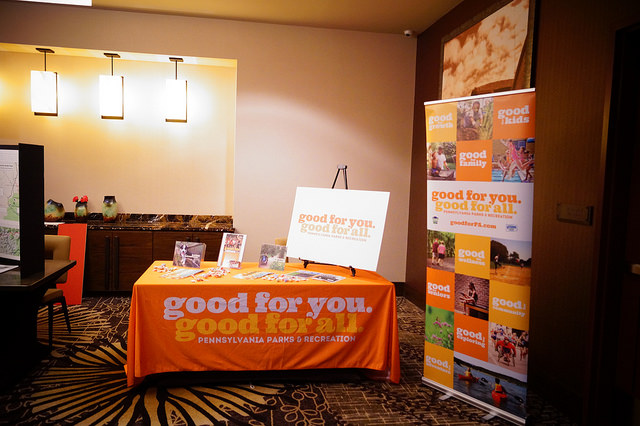
(The PA Urban Parks and Recreation Alliance and the City of Allentown will host the first PA Urban Parks and Recreation Exchange on October 24 at Bucky Boyle Park in Allentown. Stay tuned for more coverage from Keystone Edge.)
In cities like Reading, where the demographics include people from many cultures and backgrounds, it’s important that trail organizations learn to work with all groups.
“It’s everyone’s trail,” says Gates. “Everyone needs to own it. It’s a part of personal and community pride.”
SUSAN L. PENA is a freelance writer living in Berks County. She writes regularly on arts and business for the Reading Eagle and has contributed to several other publications including the Eastern Pennsylvania Business Journal.
Keystone Edge Publisher Greg O’Loughlin is a founder and partner at SWELL, LLC; the company is the advertising agency behind the “Good for You, Good for All” campaign, in partnership with PRPS and DCNR
